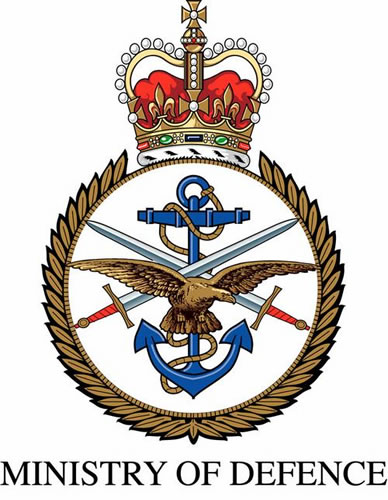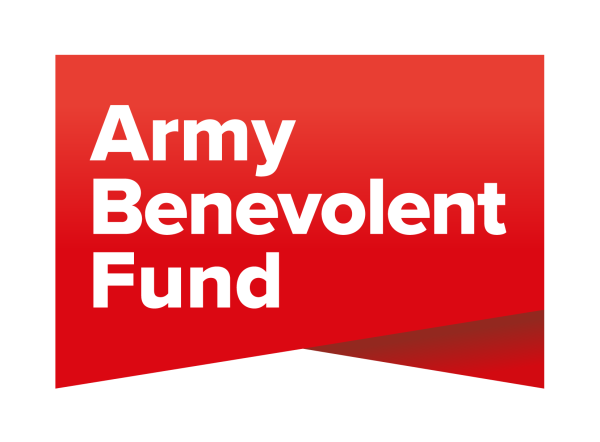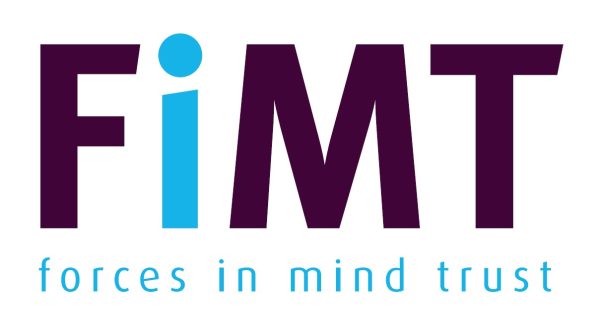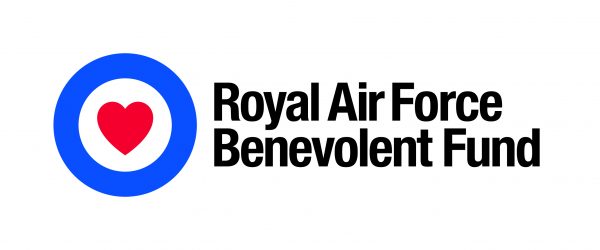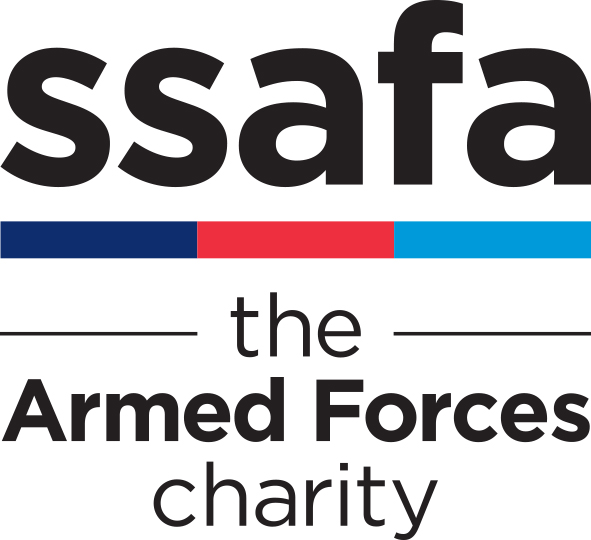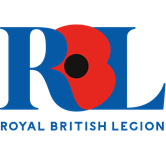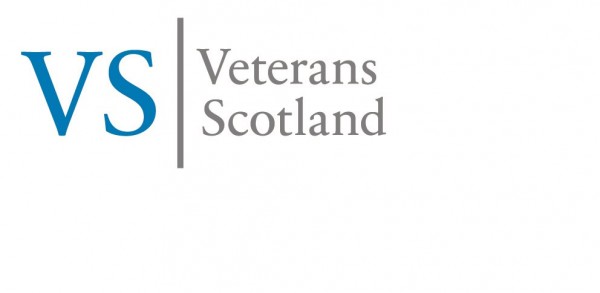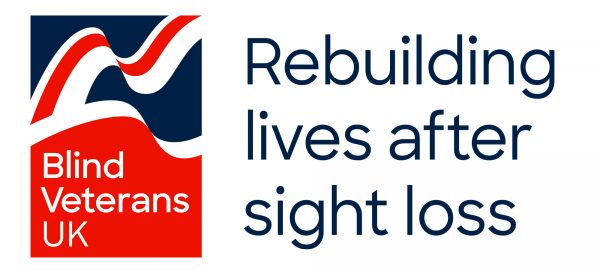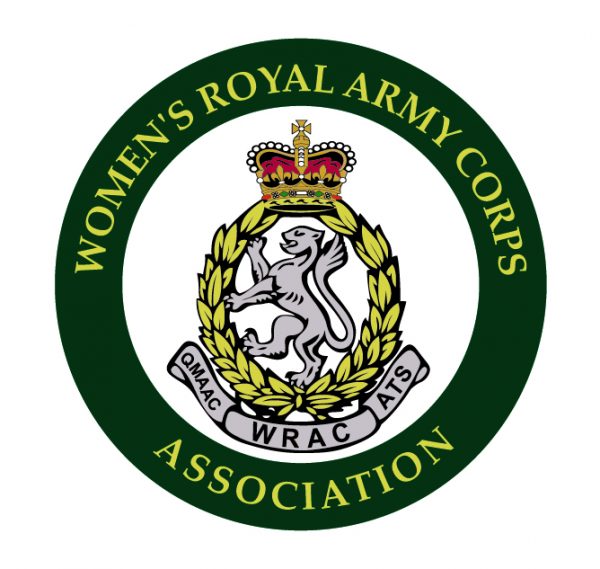Four British soldiers who lost their lives during the Korean War and were buried as unknown casualties, have finally been identified, more than 70 years after they fell.
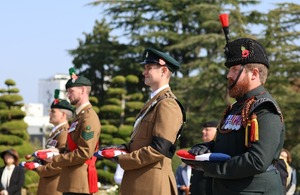
The services taking place at the UN Cemetery, Busan (Copyright UN Command)
The Ministry of Defence’s Joint Casualty and Compassionate Centre (JCCC), known as the ‘War Detectives’, proved the remains were those of two soldiers of the Gloucestershire Regiment and two of the Royal Ulster Rifles Regiment, finally giving names their headstones.
The graves of Gloucestershire Regiment soldiers Major Patrick Angier, aged 30, from Hatherden near Andover, and Sergeant Donald Northey, aged 23, from Portsmouth, were rededicated today (12 November) at the United Nations Memorial Cemetery, Busan in South Korea.
The graves of Corporal William Adair, aged 31, from Newtownards, Northern Ireland and Rifleman Mark Foster, aged 40 from Blackhall Colliery, Co. Durham, both of the Royal Ulster Rifles Regiment were also rededicated.
MOD War Detective Nicola Nash spent years researching unknown soldiers’ graves at the UN Cemetery in Busan. She examined casualty files at the UK’s National Archives, museum records and personal documents before submitting her findings to an independent Ministry of Defence board.
Nicola said:
“After more than 70 years, it is wonderful to be able to give these men, previously unknown, a name and reunite them with their families. Their graves have been lovingly looked after by the United Nations Memorial Cemetery in Busan, and by the South Korean people. It has been such a privilege to be here with the families to pay our respects to these men that gave everything for our freedom.”
Guy Puzey, grandson of Major Patrick Angier, who attended the service, said:
“Our family has sought many ways over the years to make sure my grandfather’s name and memory live on. His death left many ripples across the generations, and he is still missed. I believe the lack of a known grave made the pain more acute, so the new findings are of huge significance. While nothing can undo the trauma of the past, we are fortunate and privileged to have the knowledge we now have about his final resting place. The identifications and rededications were handled with such care, sensitivity and respect. We are so grateful to everybody involved, firstly to Nicola Nash and her colleagues at the JCCC for their exceptional efforts that made it possible for these men’s graves to be named, to all the military representatives who attended, to the staff of the UN Memorial Cemetery in Korea for their kindness and care, to the staff of the British Embassy in Seoul and the UN Command. We know there are many other bereaved families of the Korean War who still live in hope their loved ones’ final resting places may be identified, including many others of the Gloucestershire Regiment. We hope with them that the extraordinary work of the JCCC may still lead to further identifications in Korea, as in many other parts of the world.”
Donald Northey, son of Sgt Northey, said:
“A glorious event for a glorious Gloucester which I found very moving and worthwhile.”
Cameron Adair, Great Nephew of Cpl Adair, said:
“I am extremely proud and grateful for the opportunity to attend such a wonderful service and pay my respects in person to my Great Uncle. I would like to thank all those who have made this possible it is something I will never forget.”
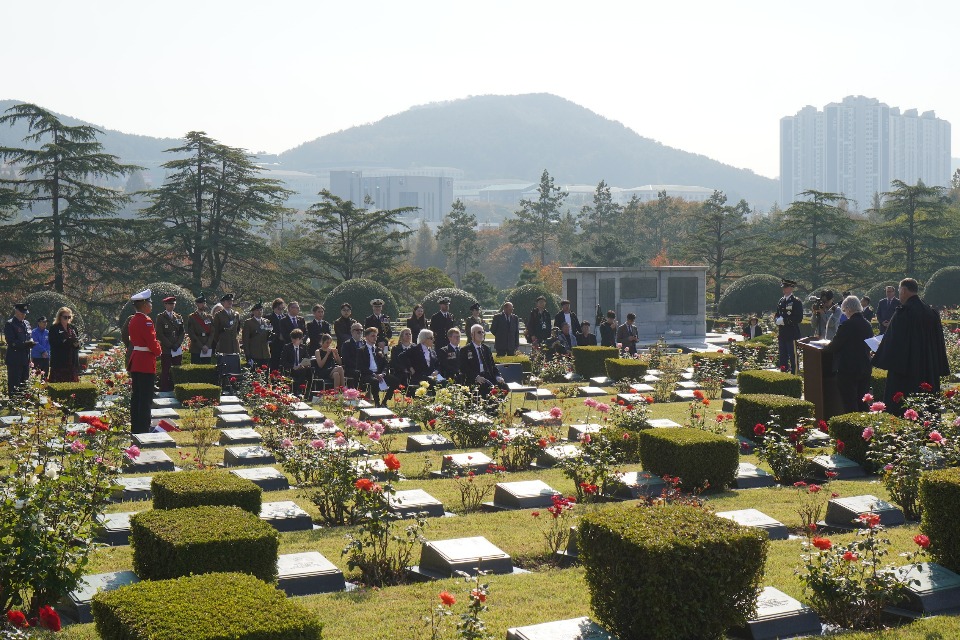
The British Ambassador to The Republic of Korea, Colin Crooks LVO said:
“It was a profound honour to be part of today’s ceremony alongside the families of these four brave soldiers who gave their lives in service during the Korean War and whose sacrifices have, until now, remained unmarked. By naming these graves, we not only offer a measure of closure at last to their families and loved ones but also ensure their legacy lives on as a testament to the enduring friendship between the United Kingdom and the Republic of Korea.”
Maj Patrick Angier and Sgt Donald Northey
When the Battle of the Imjin River began, Patrick was in command of A Company on Point 148, also known as Castle Hill. Donald was serving in the battalion’s Mortar Platoon, tasked with covering the north and east approaches to the battalion’s position.
The main weight of the Chinese attack hit Patrick’s Company during the night of 22-23 April 1951. Castle Hill summit was captured early that morning, but A Company fought on. As the survivors reorganised Patrick was killed by enemy fire.
Meanwhile Donald was delivering an Oxford Armoured Personnel Carrier filled with ammunition, pivotal for his platoon’s survival, and did so just before the road was cut off. On the morning of 24 April, they were ordered to withdraw and moved with the main part of the Battalion to Hill 235. It was during that move that Donald was also killed by enemy fire.
Following his death, a comrade wrote:
‘Major Angier always had his company’s welfare and morale in the forefront of his thinking. We all loved him deeply’. Donald’s Commanding Officer described him as ‘a man of outstanding character, cheerful courage and of infinite loyalty’.
Cpl William Adair and Rfn Mark Foster
In August 1950, the reservists who had both fought in World War 2, were called up again and joined the 1st Battalion, Royal Ulster Rifles. The Battalion embarked to Korea on the HMT Empire Pride in October 1950. They disembarked in Pusan, and were then transported via train northeast to Suwon, then Uijongbu, where, under the direct command of the Eighth United States Army Headquarters, they were committed to operations against the guerilla forces which had been by-passed by the swift advance of the United Nations Army.
During November 1950, the Chinese attacked in great strength and the UN forces fell into a retreat. The enemy was preparing for a massive offensive to take Seoul, which began in earnest on 1 January 1951. The Royal Ulster Rifles’ positions were attacked on 3 January 1951, but they held out against the close fighting all day. However, chaos broke out that night when they were ordered to withdraw. Moving down a frozen riverbed, their column was mistakenly illuminated by UN aircraft dropping flares. The Chinese opened fire and surged into the valley. Intense, close-range combat broke out while men and tanks fought to reach UN lines. It was during this fighting that both men lost their lives. Major J K H Shaw, who served with them, noted that “due to the darkness of the night and considerable confusion it was it not possible to state definitely what happened to any one man.”
